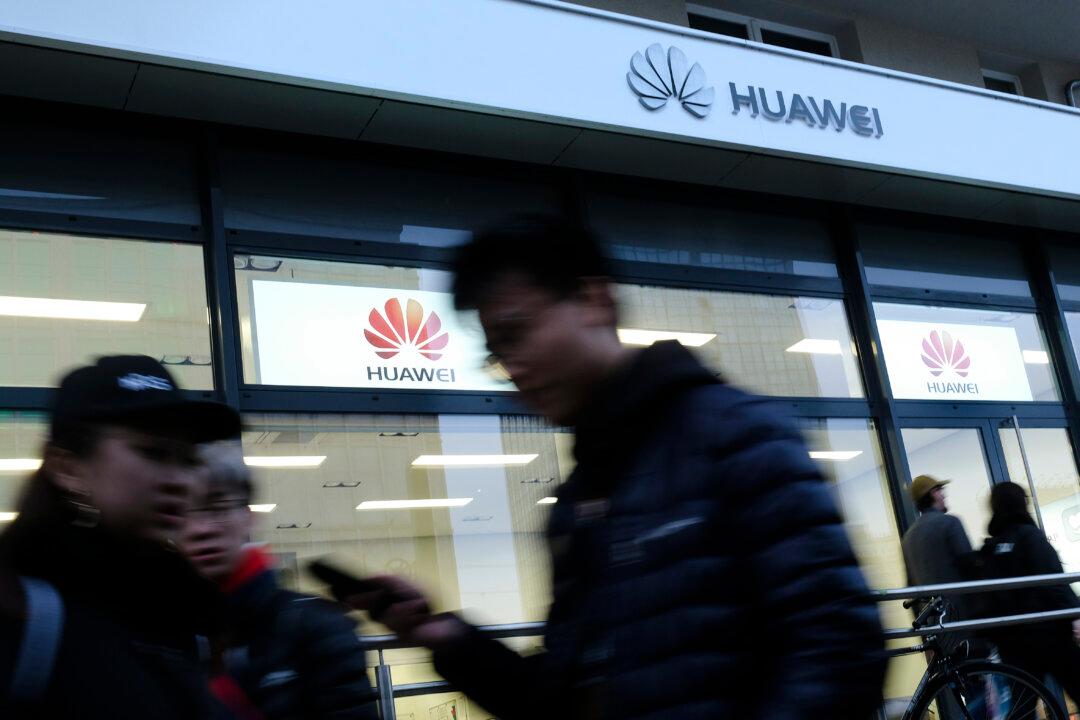Secretary of State Antony Blinken is postponing a trip to Beijing after the Pentagon detected a Chinese “high altitude surveillance balloon” hovering over the nation, with an official describing the intrusion as a “clear violation” of sovereignty.
“After consultations with our interagency partners as well as with Congress, we have concluded that the conditions are not right at this moment for Secretary Blinken to travel to China,” a senior State Department official told reporters on Feb. 3.
“We have noted the PRC [People’s Republic of China] statement of regret, but the presence of this balloon in our airspace is a clear violation of our sovereignty as well as international law, and it is unacceptable that this has occurred,” the official said.
The decision came just hours before Blinken’s scheduled departure from Washington to Beijing for a two-day visit beginning on Sunday, which would have been the first visit from a top U.S. diplomat in more than four years.
Blinken held a call with Chinese highest diplomat Wang Yi earlier to personally convey the change and noted that he would make the visit as soon as conditions allow.

The Chinese regime has acknowledged that the balloon is from the country, but claimed it was a civilian meteorological device that “deviated far from its planned course.” The Chinese foreign ministry said late Friday “regrets the unintended entry of the airship into U.S. airspace.”
U.S. officials, however, have been adamant that the balloon is for surveillance.
“Clearly the intent of this balloon is for surveillance,” a senior defense official said on Thursday. “The current flight path does carry it over a number of sensitive sites.”
The balloon flew from China, then to the Aleutian Islands of Alaska, and through northwest Canada before arriving somewhere in Montana on Wednesday, according to reports. Montana is one of three homes for U.S. nuclear strategic silos.
A senior defense official said Wednesday that the U.S. prepared fighter jets, including F-22s, to shoot down the balloon if ordered. The Pentagon ultimately recommended against it, noting that even as the balloon was over a sparsely populated area of Montana, its size would create a debris field large enough that it could have put people at risk.
The official said the spy balloon was trying to fly over the Montana missile fields, but the U.S. has assessed that it has “limited” value in terms of providing intelligence it couldn’t obtain by other technologies, such as spy satellites.
While spy balloons have entered U.S. airspace several times over the past years, this balloon has stayed for longer, the defense official said.
The spotting of the Chinese balloon has caused bipartisan alarm in Washington. In a joint statement Thursday evening, Mike Gallagher (R-Wis.), chairman of the House select committee on China, and the panel’s ranking member Raja Krishnamoorthi (D-Ill.) used the incident to make a case for the threat from the Chinese regime.
“The Chinese Communist Party should not have on-demand access to American airspace. Not only is this a violation of American sovereignty, coming only days before Secretary Blinken’s trip to the PRC, but it also makes clear that the CCP’s recent diplomatic overtures do not represent a substantive change in policy,” they stated.
“Indeed, this incident demonstrates that the CCP threat is not confined to distant shores—it is here at home and we must act to counter this threat.”
Sen. Marco Rubio (R-Fla.), in a radio interview on Friday, said the timing of the balloon’s incursion was not coincidental.
“They do these sorts of things to humiliate the other side, project strength and send a message,” he said, adding he believes it’s “certainly tied to” Blinken’s Beijing trip.





